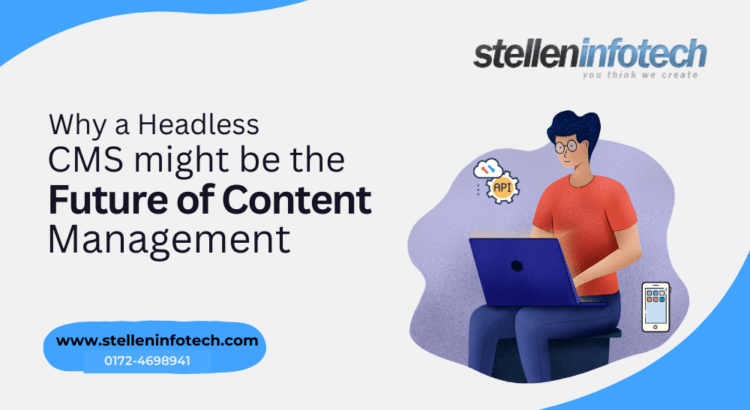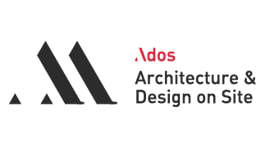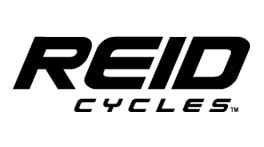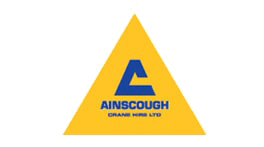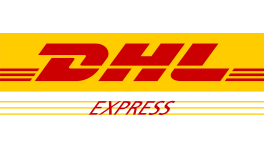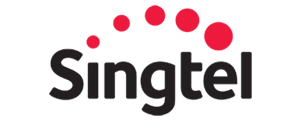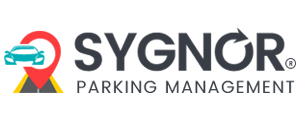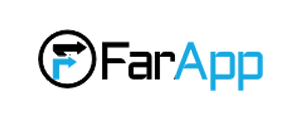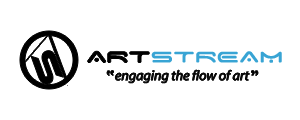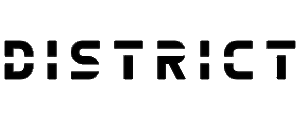Headless content management system (CMS) is more than just a phrase in the fields of web development and digital marketing in recent years. It has had a significant effect on developers and content publishers, simplifying the distribution of content. No longer must content creators rely on complicated, coding-intensive methods to distribute content to their audience.
From 2022 to 2032, the headless CMS market is predicted to expand at a compound annual growth rate of around 22.1%. The global Headless CMS software market is expanding due in large part to the inherent advantages of Headless CMS.
With headless CMS, it is easier to manage content in a single location and made available across all channels and devices. CMS developers no longer need to code, making content creation and distribution easier. Using a Headless CMS also benefits content authors, who can develop material more efficiently and effectively. Businesses can now create better, more interesting content without platform constraints.
Nevertheless, will headless content management systems (CMS) remain a fad or the wave of the future, let’s check it out.
Defining Headless Content Management System
A headless CMS is a content management system that allows for the creation, administration, and delivery of information without requiring a standard online or mobile application. It can easily manage content without a web or mobile app via an API. Content can be created and managed without a web developer. As a result, content management is simplified, performed faster, and less expensive.
Why a Headless CMS Might be the Future of Content Management
Overall, the purpose of a headless content management system (CMS) is to facilitate the management of multichannel digital experiences. The following are some advantages of headless content management systems:
More Secured than traditional CMS:
If you’re seeking for a really secure CMS, you must investigate headless CMS. It is more secure than a standard CMS and will provide you with greater piece of mind. It protects content from SQL injection and cross-site scripting vulnerabilities by giving it straight to the client.
This means that your website is no longer vulnerable to malicious cyber attacks. It is very easy to set up and use, thus no programming languages are needed. To secure your website, consider headless CMS.
Easily Adaptable for Developers:
A headless CMS lets developers build anything, while a traditional CMS is bound to a programming language and framework. This allows user experience customisation and content generation for your business needs. In addition, the absence of any additional programme installation requirements reduces CMS-based website development time. Due to authentication and encryption, It keeps your website’s content secure. It gives the freedom to developers what they want to create the best web experience.
Provide User’s A Single Hub to Control all Content
Are you a business in need of revising a product description? In that case, a Head less CMS is an ideal answer for you! It centralises content updates and ensures every system receives them. No longer will you have to manually update each system or worry about inconsistencies between different versions of the description.
By utilising a headless CMS, you can rest confident that the most recent version of the product description will be accessible on all systems. This makes it much simpler to keep your clients informed and involved, and also ensures that your products remain competitive in the market. The headless CMS is an excellent approach to streamline your content management process and keep your business at the top of its game.
Enhance User Experience
User experience (UX) plays a crucial role in terms of digital presence and brand performance. In fact, research indicates that for every dollar invested in UX, the return might range from two to one hundred dollars. We are all aware that a headless CMS facilitates a content-first approach, but what about the digital experience of users?
As the foundation of a successful digital presence, it’s important to create a positive user experience. This entails adopting every conceivable measure to ensure a seamless and effortless user experience. It could involve investing in the appropriate technologies to ensure an intuitive and responsive user experience.
Generate Content without the Help of Coders
If you’ve ever worked with a conventional Web Content Management (WCM) system, you know that publishing content for authors can be a genuine nuisance. Before any content can be published, engineers must implement the website’s original design, making it difficult for authors to move rapidly. Conventional WCM systems tightly couple the content model to the website’s appearance, leaving authors at the mercy of developers.
Thankfully, there is a better approach! Headless CMS solutions allow content creation to commence as soon as content architects complete their work on the content model. This means that authors do not have to wait for developers to complete the website’s design before creating content. This makes it much simpler to get content up and running rapidly, allowing authors to move much more swiftly and maintain fresh content.
Key Takeaways
Transitioning to a headless CMS is not an instantaneous process. Companies must take the time to establish a structured content model that reflects the interconnectedness of their information. This is critical for any CMS deployment, but even more so for its deployments, as the content model of a headless CMS will be focused on the organization’s content, not its website or mobile design.
It is essential to take the time to consider the content model and how it should be structured in order to ensure that everything is properly integrated and organised. This is the cornerstone of a successful headless CMS deployment, so it is important to take the time to do it correctly.
In short, the headless CMS based website development will be in demand for a long period of time. However, if you have any doubt, kindly consider all listed factors in this article when thinking about the question, “Will headless CMS become the norm in the future?”
